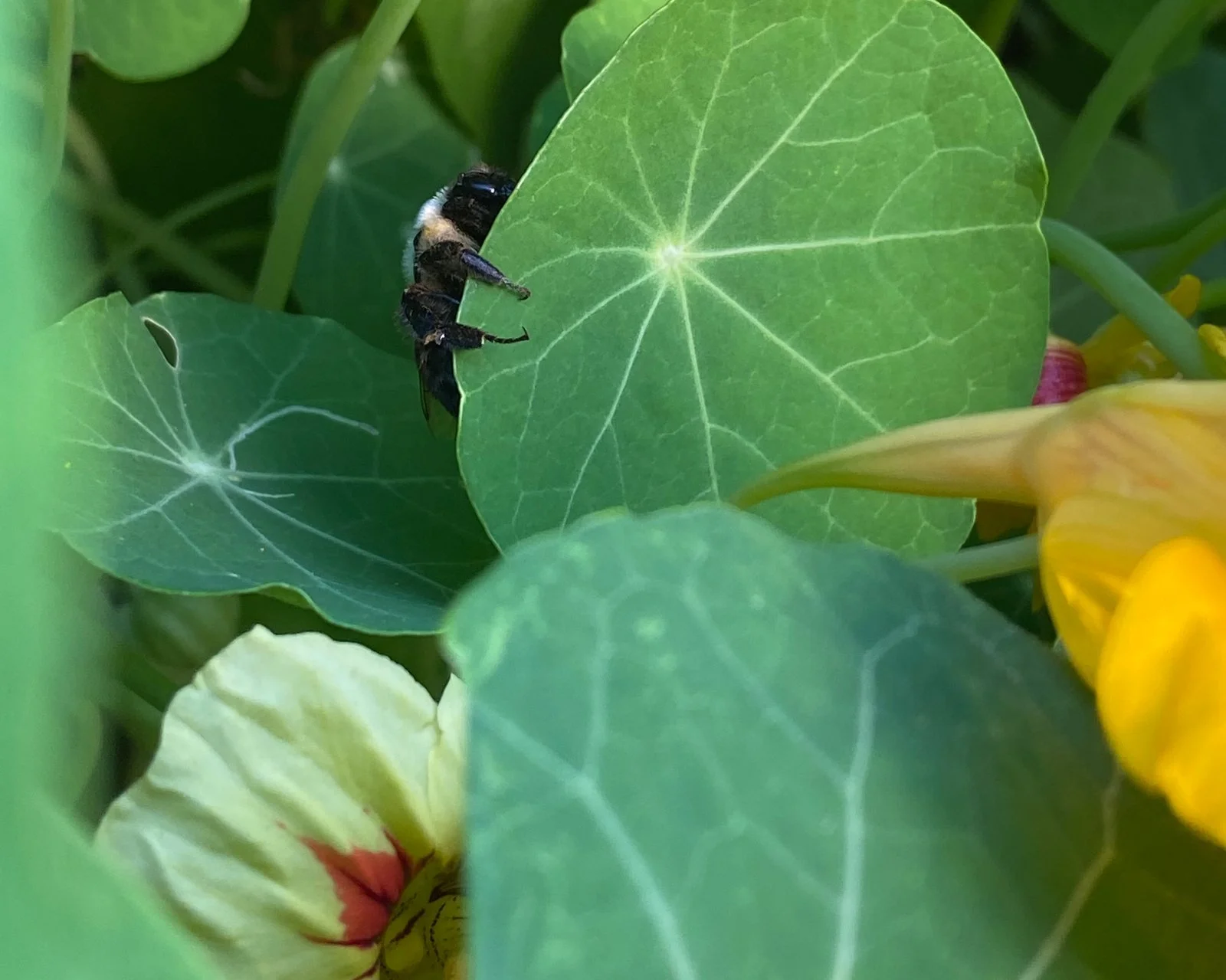 Image 1 of 5
Image 1 of 5

 Image 2 of 5
Image 2 of 5

 Image 3 of 5
Image 3 of 5

 Image 4 of 5
Image 4 of 5

 Image 5 of 5
Image 5 of 5






Wild-Harvested Lupine Seeds
Spiraling towers of cotton candy reach toward the sky in flavors of blue raspberry, grape and bubble gum. Winged beasts drone by like helicopters around skyscrapers, searching for liquid gold hidden inside as fireworks of green arch upward from the ground below. A celebration of light and life!
Beautiful multicolored pollinator attractants! Wild Lupine is not edible for humans but bees and hummingbirds find them delicious. These heirloom seeds have been wild-harvested from our surrounding areas so size and color vary.
Each packet contains 25 Wild-Harvested Lupine seeds.
Spiraling towers of cotton candy reach toward the sky in flavors of blue raspberry, grape and bubble gum. Winged beasts drone by like helicopters around skyscrapers, searching for liquid gold hidden inside as fireworks of green arch upward from the ground below. A celebration of light and life!
Beautiful multicolored pollinator attractants! Wild Lupine is not edible for humans but bees and hummingbirds find them delicious. These heirloom seeds have been wild-harvested from our surrounding areas so size and color vary.
Each packet contains 25 Wild-Harvested Lupine seeds.
Spiraling towers of cotton candy reach toward the sky in flavors of blue raspberry, grape and bubble gum. Winged beasts drone by like helicopters around skyscrapers, searching for liquid gold hidden inside as fireworks of green arch upward from the ground below. A celebration of light and life!
Beautiful multicolored pollinator attractants! Wild Lupine is not edible for humans but bees and hummingbirds find them delicious. These heirloom seeds have been wild-harvested from our surrounding areas so size and color vary.
Each packet contains 25 Wild-Harvested Lupine seeds.
-
sun: part to full
days to germination: 14-24
bloom time once established: mid-spring through late fall
-
IMPORTANT: Before planting, gently rough one side of each seed with an emery board or fine sandpaper to remove a section of the tough exterior OR simply direct sow in fall and let the winter do that work for you. The germination rate of these seeds declines sharply if this is not done! The seed is so hard that water cannot penetrate it unless you help it along the way. Once a bed is established it should self-seed each year so they return in the spring.
-direct sow between 1/4 - 1/2 inch, does not like to be transplanted, as it develops a deep taproot
-seeds have a thick coating and in order to germinate they need to be scored or sanded prior to sowing. if this isn’t done, water cannot penetrate the hull and the seeds can’t activate.
-if sowing in spring, do the above step and store in the fridge for 6 weeks in a dry container. if sowing in fall, simply let the winter’s temperature shifts crack the seed open for you—they’ll sprout naturally in the spring
-they thrive in poor to average soil, but if not developing full flowers, try adding phosphorous
-
Each packet of seeds contains seeds grown without pesticides or chemical fertilizers by Senise Family Farms in Zone 4a. Though we are not "certified organic" we use organic practices in every part of our growing.
























